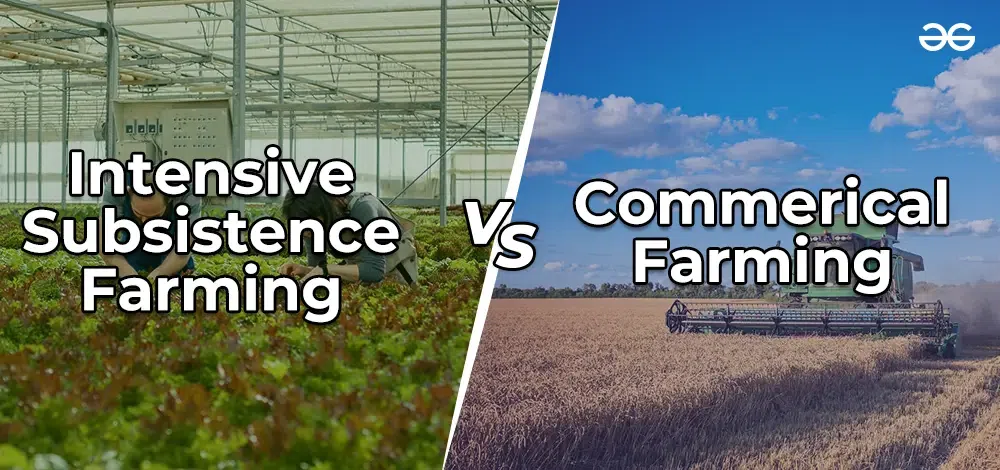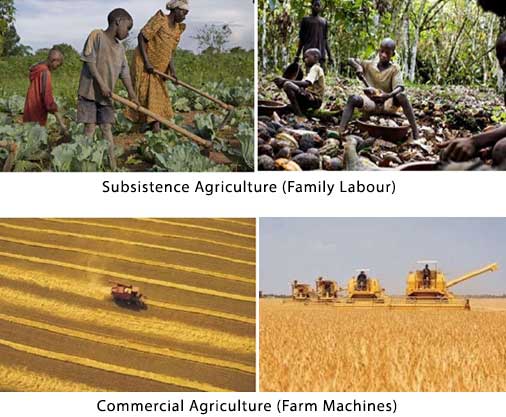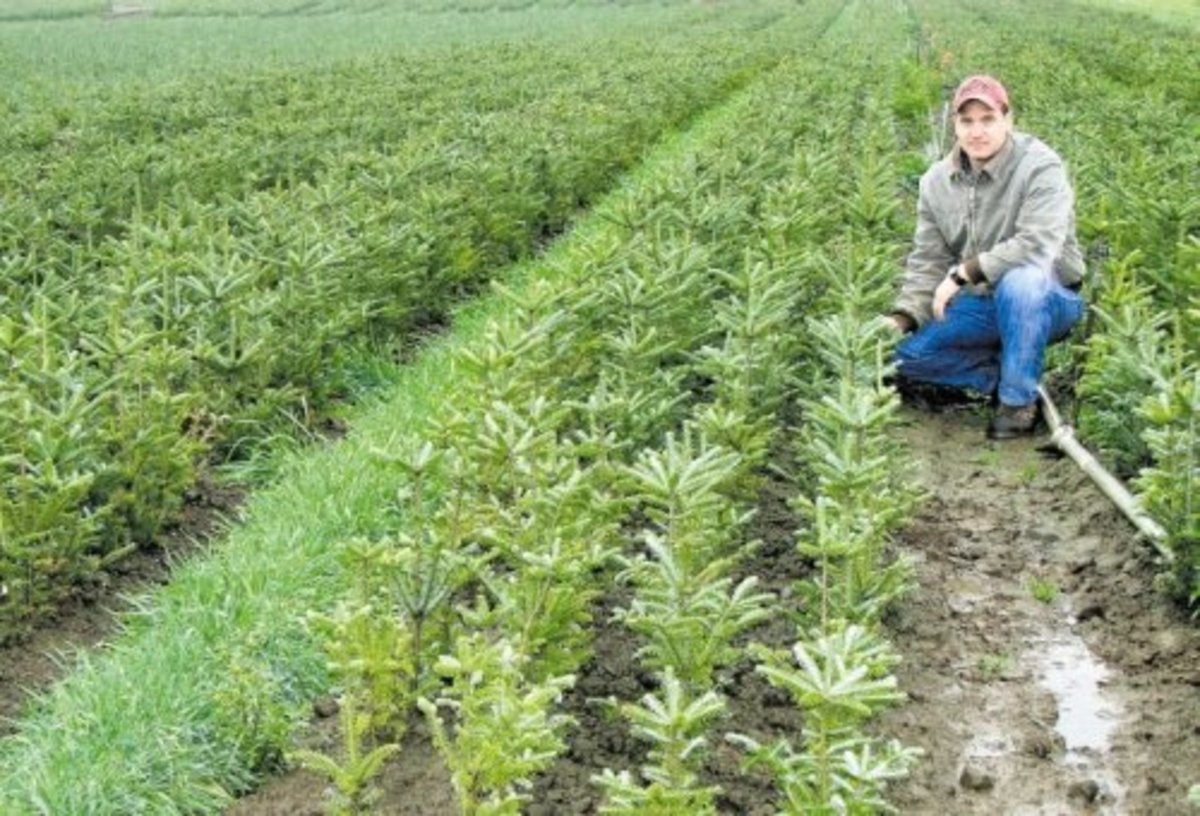An In-Depth Appearance at the Challenges and Benefits of Modern Agriculture
Modern farming stands at the crossroads of development and sustainability, presenting a wide range of challenges and chances. The course onward demands a cautious examination of these characteristics, inviting stakeholders to take into consideration the capacity for transformative modification in farming methods and plans.
Technological Innovations in Farming
Technologies such as precision biotechnology, agriculture, and automation have actually transformed conventional farming methods, enabling for more rewarding and lasting operations. Accuracy farming makes use of GPS technology, sensors, and data analytics to maximize field-level administration regarding crop farming.
Automation in farming has actually further pushed the market forward, with the introduction of autonomous tractors, drones, and robotics. These modern technologies minimize labor needs and raise functional rate, allowing for timely planting and harvesting. Drones, specifically, supply beneficial airborne images and information, aiding farmers in checking plant health and wellness and finding concerns early.
Biotechnology has additionally played an essential role beforehand agricultural techniques. Genetically modified microorganisms (GMOs) have actually been established to enhance plant resistance to illness and insects, reduce dependence on chemical therapies, and boost nutritional content. This modern technology adds to food safety and fulfills the needs of an expanding worldwide population. Jointly, these technological innovations have prepared for a much more durable and lasting agricultural future.
Ecological Obstacles
Agriculture deals with several environmental obstacles that intimidate its sustainability and performance. One of the main issues is the destruction of soil health because of intensive farming practices that diminish vital nutrients and bring about erosion. The overuse of chemical plant foods and pesticides better aggravates this issue, polluting water resources and lowering biodiversity. The lasting stability of farming land is compromised, necessitating the adoption of more sustainable practices.
Water scarcity is one more significant difficulty, particularly in regions where farming greatly depends on watering. Climate modification is heightening this problem, modifying precipitation patterns and enhancing the frequency of dry spells. Effective water monitoring systems, such as drip irrigation and rainwater harvesting, are critical to alleviate these impacts, yet their implementation stays unequal across various regions.
Moreover, farming is both a contributor and a victim to environment adjustment. Dealing with these environmental challenges is essential for ensuring a lasting agricultural future.

Economic Impacts
The economic influences of modern agriculture are extensive and multifaceted, affecting both local and worldwide markets. Breakthroughs in innovation and manufacturing methods have substantially increased agricultural efficiency, leading to much more reliable food supply chains and minimized expenses for consumers.
Nevertheless, these benefits are not without challenges. The capital-intensive nature of modern agriculture needs significant financial investment in equipment, plant foods, and genetically customized seeds, which can be financially difficult for small farmers. This often causes increased financial obligation and financial vulnerability, possibly causing the debt consolidation of farms and the loss of rural source of incomes. Furthermore, worldwide market fluctuations can influence the profitability of farming exports, making economic situations reliant on agriculture prone to financial instability.
Additionally, subsidies and trade plans in established nations can distort market prices, affecting competitive balance and potentially disadvantaging farmers in establishing nations. On the whole, while modern agriculture drives financial growth, it likewise demands navigating complicated financial landscapes to guarantee fair and additional hints lasting advancement.
Social Implications
While modern-day farming has actually brought around significant advancements, it also offers different social effects that call for consideration. As company farming entities increasingly control the agricultural landscape, smaller farms commonly struggle to contend, leading to the disintegration of rural areas and standard farming techniques.

Furthermore, there are issues concerning food protection and sovereignty. The concentrate on monoculture and genetically customized plants can threaten biodiversity and make food systems extra susceptible to diseases and parasites. Such methods may also restrict customer options and minimize the capability of neighborhood neighborhoods to manage their food resources. As these social implications unfold, it becomes critical to resolve them to make sure equitable and lasting agricultural growth.
Future Instructions
Looking in advance, several promising opportunities for modern agriculture could address the obstacles encountered today while cultivating lasting growth. Breakthroughs in technology, such as precision farming, offer the possible to enhance source use and increase efficiency.
Biotechnology additionally holds tremendous guarantee for the future of farming. Genetically customized organisms (GMOs) and gene modifying methods, like CRISPR, could boost crop resilience against environment adjustment, insects, and diseases, thus enhancing food protection. In go to website addition, branching out plant varieties to consist of even more climate-resilient and nutrient-dense alternatives can bolster both environmental stability and human nourishment.

Conclusion
Modern farming, identified by technological innovations, offers both opportunities and obstacles. commercial farming vs subsistence farming. Dealing with these complexities needs a shift in the direction of sustainable techniques that stabilize productivity with ecological stewardship and social equity, thereby making sure a resistant future for global farming systems.
Modern agriculture stands at the crossroads of innovation and sustainability, providing a multitude of obstacles and possibilities. In addition, international market changes can influence the profitability of agricultural exports, making economic situations reliant on agriculture at recommended you read risk to economic instability.
Additionally, the extensive use of modern technology and automation in agriculture has led to a decline in agricultural employment possibilities.Looking ahead, numerous promising avenues for modern farming could resolve the obstacles encountered today while fostering lasting growth. commercial farming vs subsistence farming.Modern agriculture, identified by technical improvements, presents both possibilities and challenges